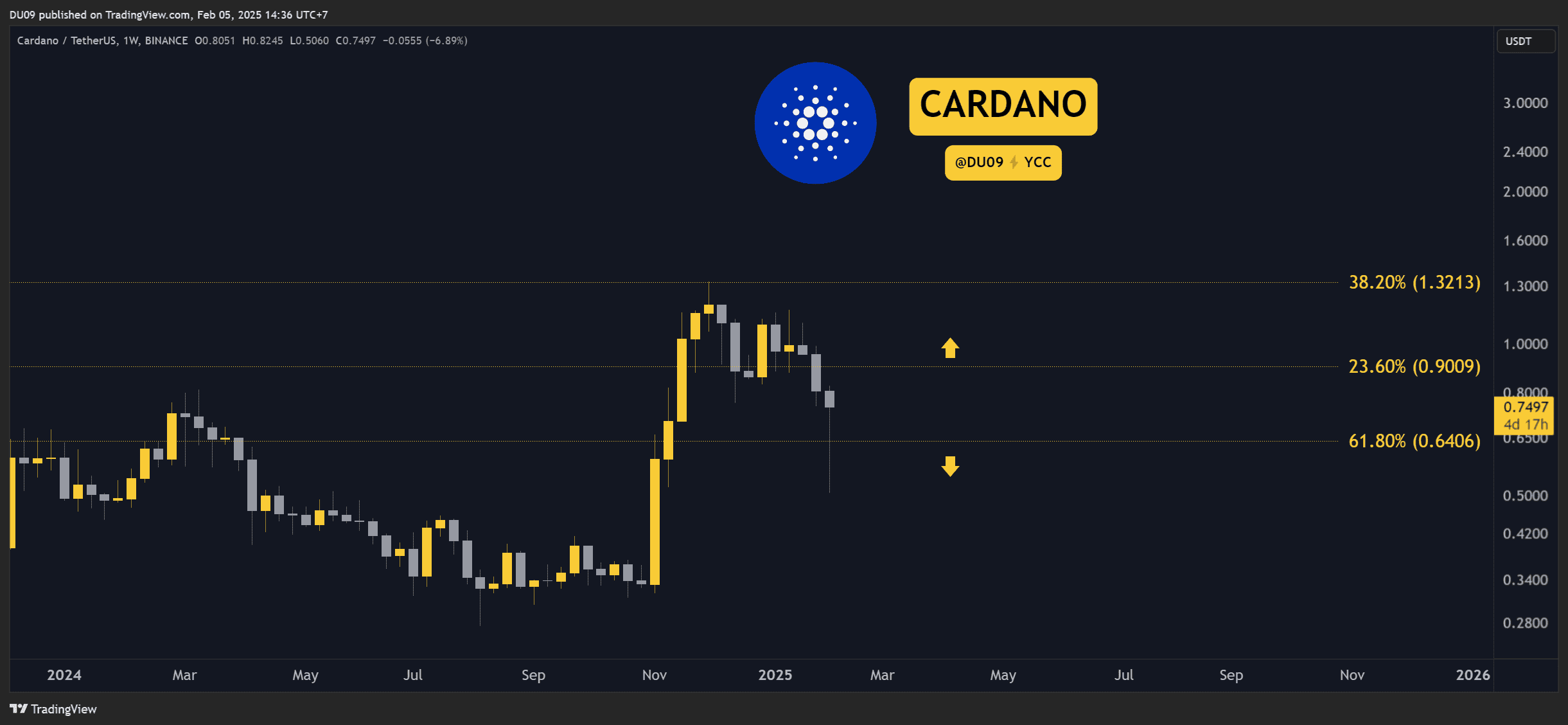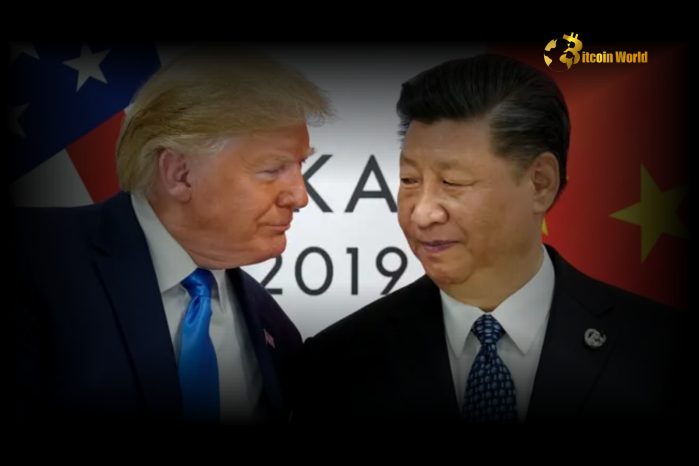China Announces New Tariffs on U.S. Goods in Response to U.S. Trade Measures
China’s Finance Ministry announced on Feb. 4 that it will impose tariffs of up to 15% on select U.S. goods, starting Feb. 10, according to CNBC. This move comes as retaliation for the 10% tariff the U.S. imposed on Chinese imports.
Breakdown of China’s New Tariffs:
- 10% tariff on oil and agricultural machinery.
- 15% tariff on coal and liquefied natural gas (LNG).
This decision further escalates trade tensions between the U.S. and China, impacting energy, agriculture, and manufacturing sectors.
Why Is China Imposing These Tariffs?
1. Retaliation Against U.S. Trade Policies
- The U.S. recently implemented a 10% tariff on Chinese goods.
- China’s countermeasure aims to protect its economic interests.
2. Strengthening Domestic Energy & Industrial Sectors
- By taxing U.S. energy imports, China may push for more domestic energy production.
- The tariffs on agricultural machinery could benefit China’s local manufacturers.
3. Increasing Leverage in Trade Negotiations
- The move signals China’s willingness to retaliate in ongoing trade talks.
- The U.S.-China trade war has historically led to economic uncertainty for global markets.
Impact on the Global Economy & Markets
 Potential Negative Effects:
Potential Negative Effects:
 Increased costs for U.S. energy and machinery exports to China.
Increased costs for U.S. energy and machinery exports to China.
 Greater uncertainty in global trade, impacting stock and commodity markets.
Greater uncertainty in global trade, impacting stock and commodity markets.
 Possible escalation of a broader U.S.-China trade conflict.
Possible escalation of a broader U.S.-China trade conflict.
 Possible Positive Outcomes:
Possible Positive Outcomes:
 China may boost domestic production in affected industries.
China may boost domestic production in affected industries.
 The U.S. could seek alternative buyers for its coal, LNG, and machinery exports.
The U.S. could seek alternative buyers for its coal, LNG, and machinery exports.
 Potential future trade negotiations could lead to a resolution.
Potential future trade negotiations could lead to a resolution.
Conclusion
China’s decision to impose up to 15% tariffs on U.S. goods signals escalating trade tensions between the two economic superpowers. As both nations adjust tariff policies, investors and businesses should prepare for potential market volatility in the energy, agriculture, and manufacturing sectors.
If tensions continue, global supply chains and trade flows could face significant disruptions.
To learn more about the latest geopolitical and economic trends shaping global markets, explore our in-depth analysis on key developments and their potential impact on industries worldwide.
News – BitcoinWorld – Read More









